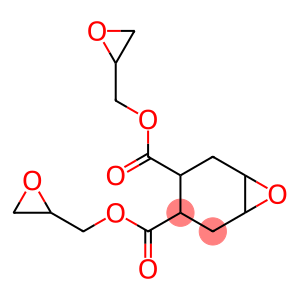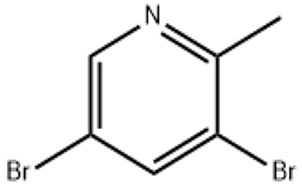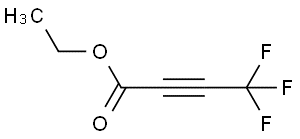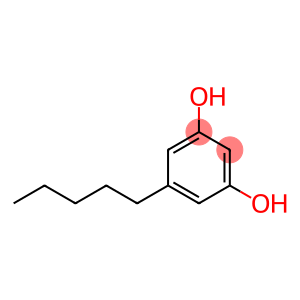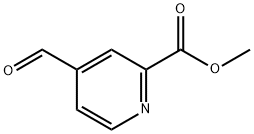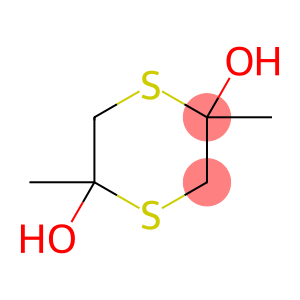pent-4-ynoic acid(CAS# 6089-09-4)
| Hazard Symbols | C – Corrosive |
| Risk Codes | 34 – Causes burns |
| Safety Description | S26 – In case of contact with eyes, rinse immediately with plenty of water and seek medical advice. S36/37/39 – Wear suitable protective clothing, gloves and eye/face protection. S45 – In case of accident or if you feel unwell, seek medical advice immediately (show the label whenever possible.) |
| UN IDs | UN 3261 8/PG 2 |
| WGK Germany | 3 |
| RTECS | SC4751000 |
| FLUKA BRAND F CODES | 8-10-23 |
| HS Code | 29161900 |
| Hazard Note | Corrosive |
| Hazard Class | 8 |
| Packing Group | III |
Introduction
pent-4-ynoic acid, also known as pent-4-ynoic acid, chemical formula C5H6O2. The following is an introduction to the nature, use, formulation and safety information of pent-4-ynoic acid:
Nature:
- pent-4-ynoic acid is a colorless liquid with a pungent odor.
-Its relative molecular mass is 102.1g/mol.
Use:
- pent-4-ynoic acid is an important intermediate in chemical synthesis and is used to prepare other compounds.
-It can be used for carbonylation reaction, condensation reaction and esterification reaction in organic synthesis reaction.
- pent-4-ynoic acid can also be used in the preparation of drugs, fragrances and dyes.
Preparation Method:
-The preparation of pent-4-ynoic acid can be achieved by 1-chloropentyne and acid hydrolysis. First, 1-chloropentyne is reacted with water to give the corresponding aldehyde or ketone, and then the aldehyde or ketone is converted to pent-4-ynoic acid by oxidation reaction.
Safety Information:
- pent-4-ynoic acid is an irritating chemical that can cause irritation and inflammation in contact with the skin and eyes.
-Wear protective gloves, glasses, and laboratory clothing when using pent-4-ynoic acid.
-In case of contact with skin or eyes, rinse immediately with plenty of water and seek medical attention.
-Avoid contact with oxidants, strong acids and strong bases during storage and use to avoid dangerous reactions.
Please note that before using any chemical, you should read the safety data sheet (MSDS) of the chemical carefully and follow the correct operating methods and safe operating procedures.



